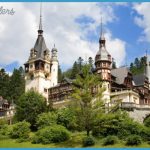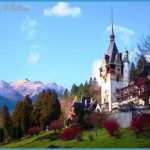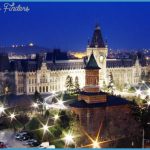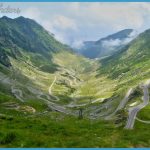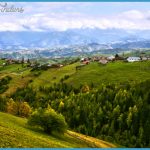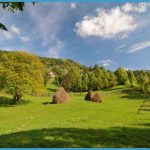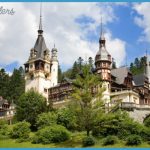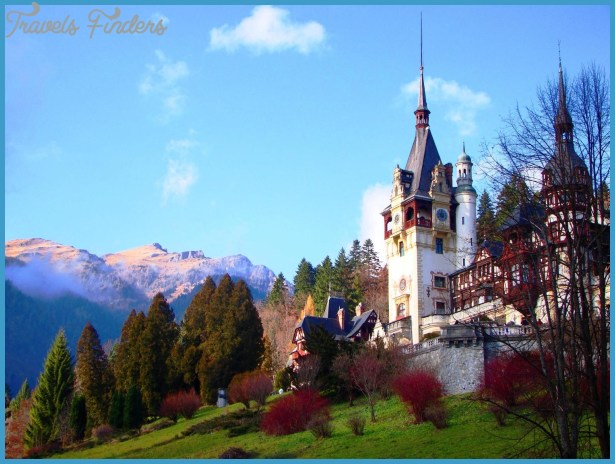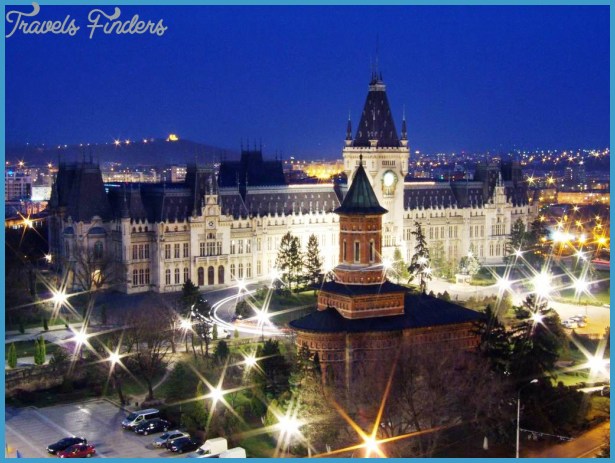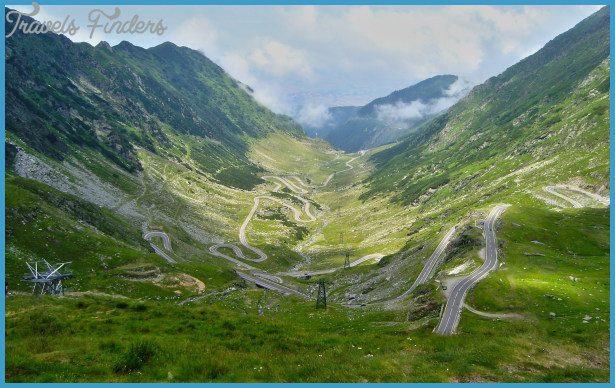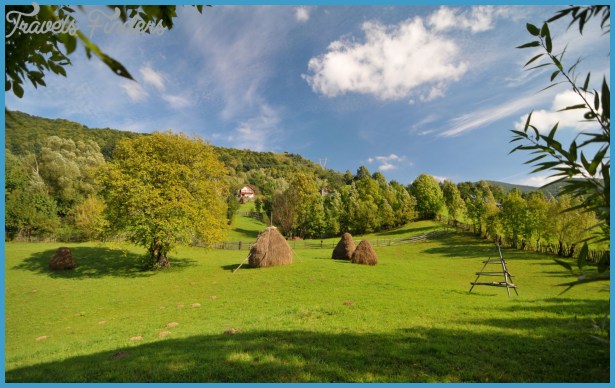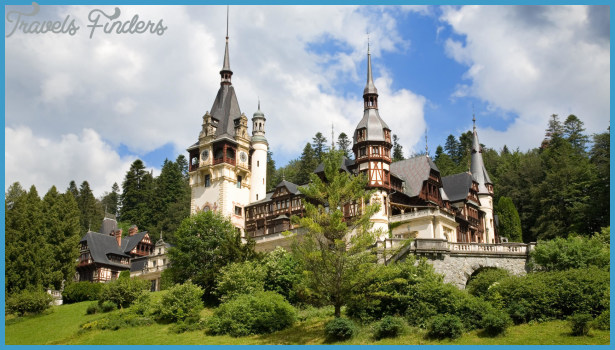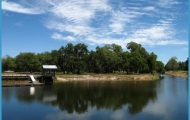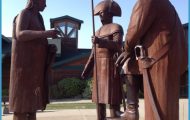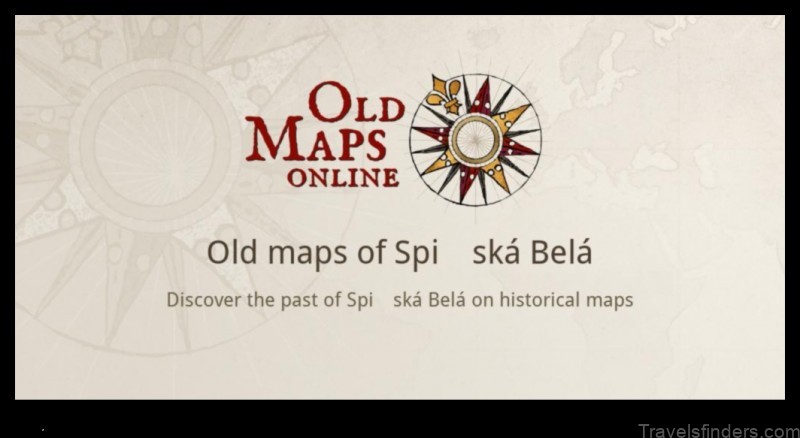Romania extends inland halfway across the Balkan Peninsula and covers a large elliptical area of 91,699 square miles. The country is somewhat smaller than New’ York and Pennsylvania combined. Romania’s location gives it a continental climate, particularly east of the Carpathians and south of the Transylvania Alps, where temperatures can be as extreme as in Russia. A long and sometimes severe winter, a hot summer, and a prolonged autumn (August-November) are the principal seasons.
Romania’s Black Sea resorts are the country’s principal tourist attraction. In 1980 Romania reported 6.5 million visitors. Only 10 percent arrived from Western Europe; the rest mostly were from neighboring communist bloc countries.
Transylvania, a part of Romania, has several resorts. One of the popular tours of the area capitalizes on the fifteenth-century Romanian Price Vlad Dracul, better known in Hollywood circles as Count Dracula. In his home area he was known as The Impaler.
Travel by car is an excellent way to see Romania and Bulgaria. There is little traffic on the roads. The Trans-European Highway or E 5 North (Yugoslavia-Bulgaria-Turkey), E 20 (Greece-Bulgaria-Romania), and E 27 (Yugoslavia-Bulgaria-Black Sea), all intersect in Bucharest. Gas stations are well-spaced throughout both countries. English is likely to be spoken by the children who study it in school.
For those who long for longevity, Bucharest offers its Institute of Geriatrics. Injections of sheep placenta are purported to revitalize the human organs. Pictures of the institute’s founder suggest part of the revitalization may be psychological rather than physical.
Foreign travel to Romania is organized by the Romanian National Tourist Office. Tours to Romania can be bloged through travel agents, accredited by the office. Balkantourist operates in a similar manner for Bulgaria.

